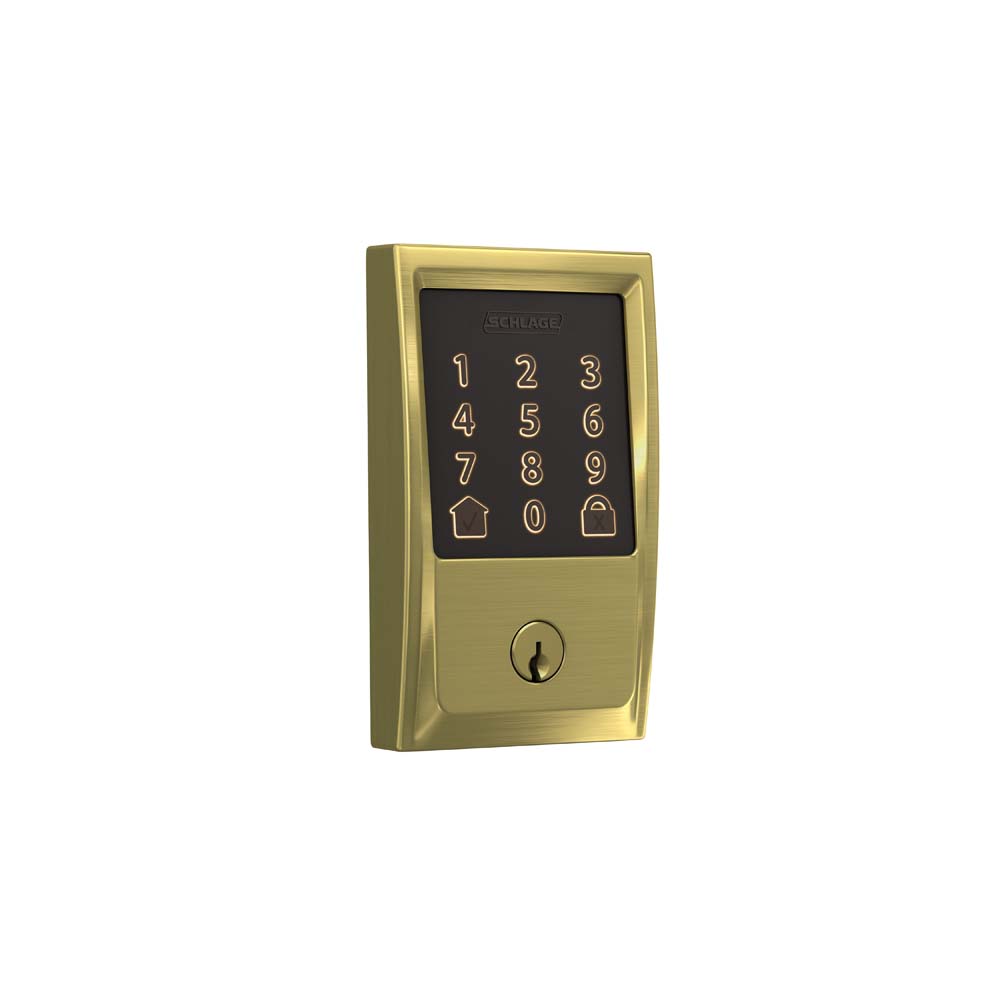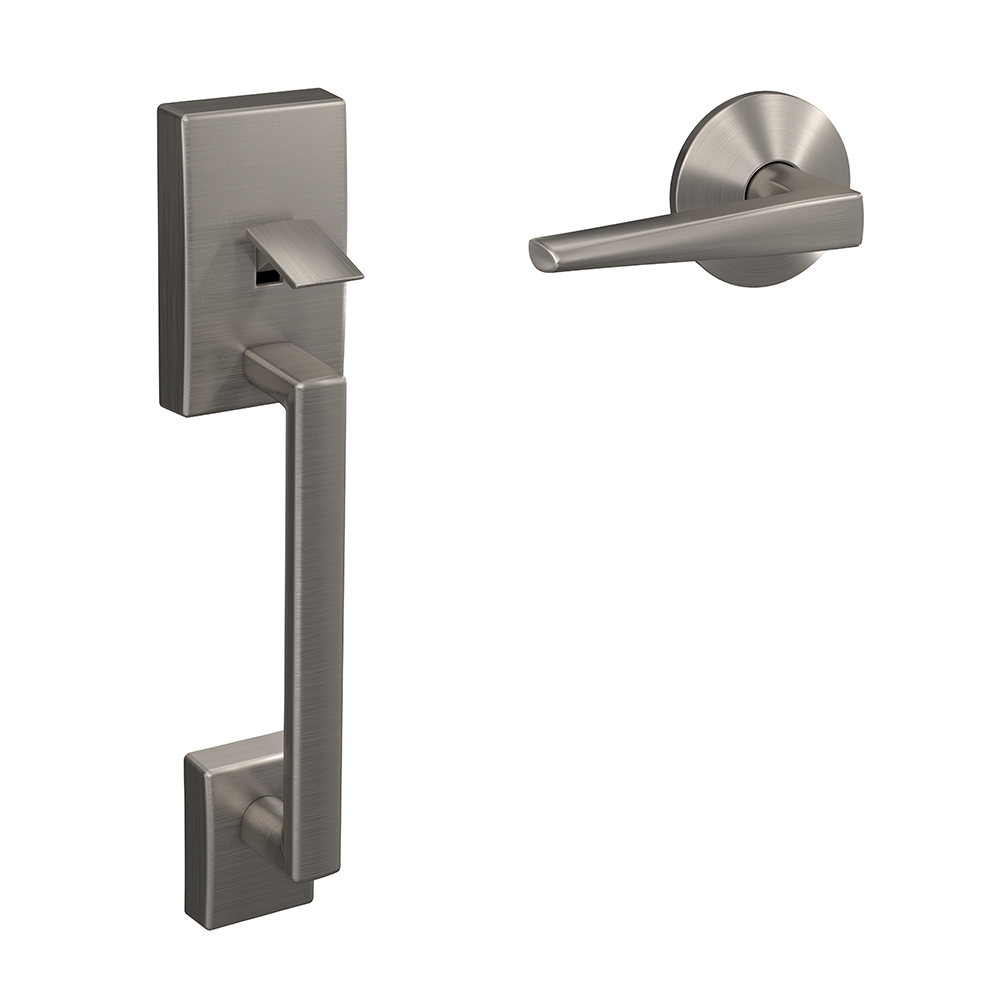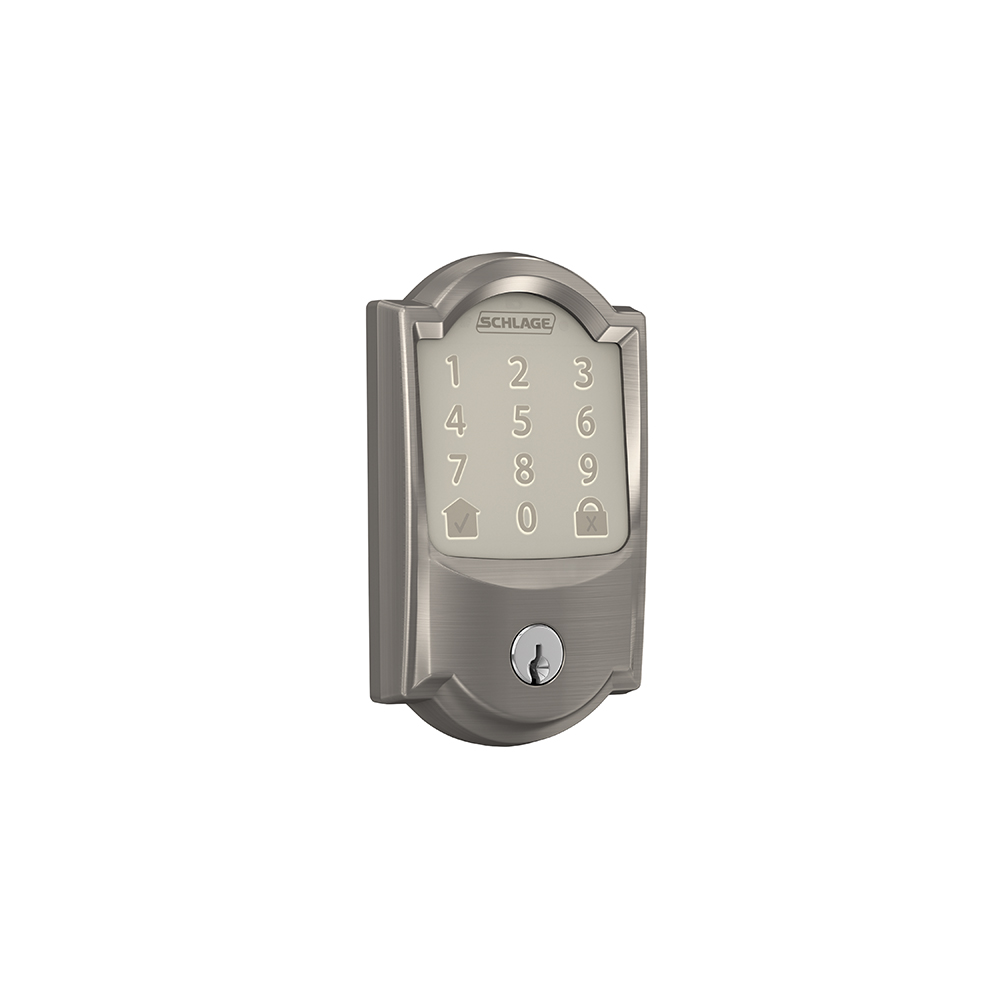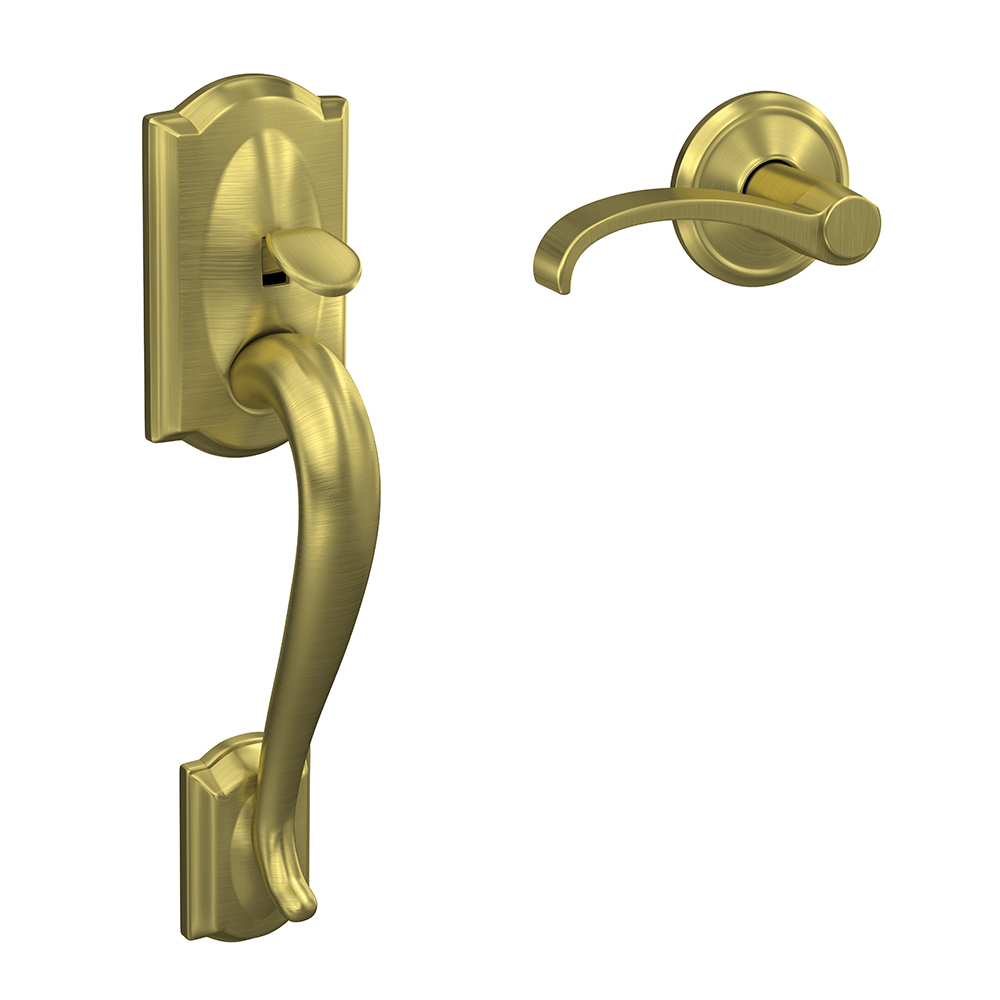Life-changing home innovations of the last century.
Thursday, September 3, 2020
What innovations have changed how we live in our homes most dramatically? We're taking a look at our top 10 home inventions that help us live healthier and longer.
We’re turning 100! Over 10 weeks, Schlage is sharing its favorite top-10 lists. That’s 100 tips, ideas and moments of inspiration so you can enjoy the safety, simplicity and style of Schlage for another 100 years to come.
What innovations have changed how we live in our homes most dramatically? The inventions that transformed our houses into places of leisure and comfort instead of mere shelter? That have helped us live longer and healthier? That list could run forever, but here are 10 home innovations we can’t, and wouldn’t want to, live without today.
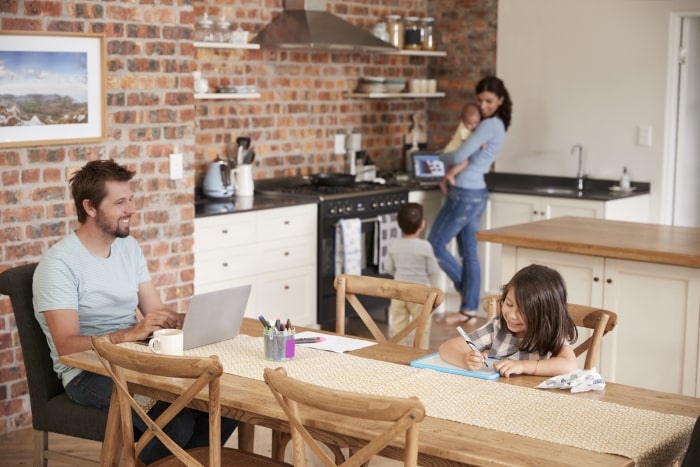
1. Electricity
Electricity wasn’t invented in the last century, but it did take until the 1920s for it to become common in average homes. It ultimately enabled modern refrigeration (food safety), vacuums and electric irons (added convenience), electric lighting indoors and out (security and comfort), washing machines (sanitation), radios and televisions (entertainment) and countless other devices.
2. Refrigerators
Before electric refrigeration, homes relied on an ice box and daily deliveries from the ice peddler. When electric refrigeration became more reliable in the 1940s, we were able to store food more safely for longer periods of time. By being able to store perishables better, our diets improved and we could devote less time to daily grocery shopping. Plus, without the original electric refrigerator, we wouldn’t have today’s smart fridges.
3. Microwaves
Is there a kitchen appliance that has done more for the busy or cooking-impaired than the microwave? As stay-at-home moms became less common in the 1970s and kids came home to empty houses, they were able to make their own after-school snack quickly and easily thanks to “radar ranges.” And their mothers were able to take advantage of the growing list of frozen and microwavable dinners from the grocery store. Like the electric refrigerator, for better or for worse, the microwave left a major impact on American diets.
4. Tupperware
There’s so much more to Tupperware than mismatched lids. When Tupperware was introduced in the 1940s, it was one of the first solutions to safely storing leftovers. Prior to that, you either made sure you ate every last morsel the first time around or you took your chances with second-day servings.
These plastic containers go beyond food storage, however. Many women, having had a taste of the workplace during World War II, were back to being homemakers in the 1950s and they weren’t always pleased about it. Tupperware gave these women an opportunity to run their own small-scale business. By hosting Tupperware parties out of their home, they were able to regain some of the feelings of financial independence and empowerment they had enjoyed during wartime.
5. Locks
It’s difficult to imagine a time when our homes didn’t have locks, even on exterior doors. Locks have been around for thousands of years with the earliest ones being made of wood. By the Middle Ages, locksmiths used metal for locks and keys, but they were easily picked and, despite their best efforts, not all that secure.
Although design improved during the Industrial Revolution and beyond, some locks were still problematic. One common issue? A key was needed to lock or unlock the door from both sides and a lost key meant you weren’t going anywhere. In 1921, Walter Schlage patented the push-button lock, allowing you to secure your door without locking yourself in a room. That push-button mechanism is still in use today, 100 years later, in locks and other common items like clickable pens.
6. Cordless tools
Where would your DIY and home improvement projects be without the aid of cordless power tools? BLACK+DECKER filed a patent for the first portable electric drill in 1916 and in 1961 introduced the first electric cordless drill. NASA later used BLACK+DECKER’s technology to develop zero-impact wrenches that could turn bolts in zero gravity without spinning the astronaut.
7. Air monitors
Devices that monitor the air quality of our home keep us healthy and, oftentimes, alive. Smoke alarms, although existing in some form since the 1890s, were rarely seem in American homes before the 1970s. Carbon monoxide detectors have become more common in the last few decades. And even more recently, we’ve seen devices that measure the quantities of carbon dioxide, radon, formaldehyde and other pollutants in the home. Armed with this information, we’re able to adjust the air quality to sleep better, improve allergies and even reduce our risk of lung cancer.
8. Sanitation systems
Sewers date way back, so we’ll just skip straight to the interesting stuff. In medieval times, chamber pots were emptied directly into the street. People were less concerned about hygiene than their clothes, however. Men started wearing high heels to protect their trouser cuffs. Thankfully, society eventually figured out that you can slow the spread of disease if you dispose of your home’s waste appropriately. By around 1950, it’s estimated that because 70 million Americans were connected to sewer systems and 42 million were served by sewage treatment plants, cases of typhoid fever, dysentery and other illnesses declined dramatically.
9. HVAC
Controlling the temperature of your home is key to living comfortably, but if you live in a region of extreme cold or heat, it’s a necessity. We’ve made great strides over the years, moving away from wood- or coal-burning stoves that may have only heated a single room and could be dangerous if not properly tended. And many of us now have options beyond just sweating it out on the front porch, hoping for a cool breeze. Today’s HVAC systems also go a long way toward regulating the humidity and air quality of our homes, sometimes with smart and learning technology, setting the stage for healthier living.
10. Home computers
Consider all the ways computers impact your daily life. You probably can’t list them all, especially when you think about how Apple’s first personal computer, released in 1977, has since been replaced with laptops, tablets and cellphones. Work and school tasks can now be done at home. We research products and services online. We conduct our banking, buy cars and houses, check medical records, monitor our security and binge Netflix, all from our home computers.
What other innovations would you add to our list? What would you invent to make your life at home even easier, safer or more environmentally sustainable? Perhaps that thing has already been created. Find technology updates and ideas for making your home work better for you at the Schlage blog.
1 McBride, Tom, Nief, Ron. The Mindset Lists of American History: From Typewriters to Text Messages, What Ten Generations of Americans Think is Normal. Wiley, 2011.





